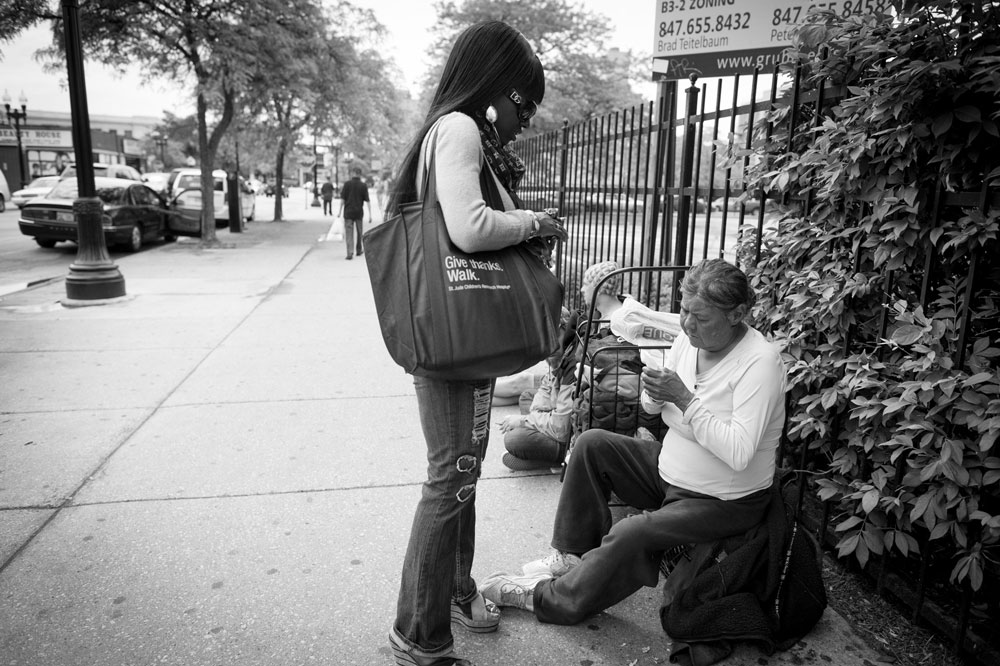
The Trap: Mental Illness and Women in Poverty
By RON MANDERSCHEID, Ph.D., executive director of the National Association of County Behavioral Health and Developmental Disability Directors and adjunct professor at Johns Hopkins Bloomberg School of Public Health. He has also served at the National Institute of Mental Health and the Substance Abuse and Mental Health Services Administration, both at the U.S. Department of Health and Human Services.
Poverty exacts a vicious toll on people—including oppressive social inequality, exploitation, social isolation, abuse and trauma, danger, and fear. These life experiences actually lead to poor health—more illness, early onset of chronic disease, and even early death. But poverty does not just take a toll on physical health. It contributes to poor mental health, too.
Women in poverty are subjected to very difficult life circumstances. For more than 50 years, research has documented that the adverse social and psychological experiences of poverty cause mental illness and substance use disorders.1 Almost half of women living in poverty may suffer from some form of debilitating mental illness. Once a poor woman experiences mental illness, that illness is very likely to trap her in poverty. This happens for two reasons: First, mental illness is likely to sap her energy, direction, and purpose. Second, the appropriate care to help her recover is not likely to be available.
Part of the solution to this difficult dilemma lies with the 2014 implementation of the Affordable Care Act, or ACA—the national health reform initiative that is changing the landscape of health insurance. Under the ACA, virtually all poor women are eligible for health insurance through Medicaid if their states adopt the ACA’s optional provision to expand Medicaid eligibility. Once these women are covered, they can get health care through their local public health, mental health, and substance use programs. Furthermore, they will be eligible for disease prevention and wellness programs that promote good physical and mental health.
But health care isn’t enough. We also need to develop more fundamental solutions for the millions of women trapped by poverty and mental illness. We can do this by helping prevent the adverse effects of financial struggles on mental health before they occur, which would involve directly supporting these women and developing what we sociologists call “opportunity structures” to provide them with the steps leading out of financial insecurity. Here are some thoughts on the potential shape such interventions could take:

Chrystal Thompson, left, was living on the streets of Chicago, Illinois, before she was able to regain steady employment and stability. Here, she gives her phone number to a woman who she knows from the homeless shelter where they both spent time. {BARBARA KINNEY}
The future global competitiveness of the United States is likely to depend on our success in empowering these women. We must develop approaches that work to help low-wage women escape from the traps of poverty and mental illness. If America is to compete and ascend, we must strive to bring these women along now.